Buy-to-Let: The Importance of Understanding Rental Yields
For prospective landlords, understanding the rental yield can be crucial for making informed decisions about the property you intend to purchase and let out.
What is the Rental Yield?
The rental yield represents the annual income you earn from a rental property relative to its purchase price and operating costs – and is a figure that is always shown as a percentage. The rental yield can vary in different parts of the country, and for a wide variety of reasons.1
There are two types of rental yield:
Gross yield – factoring in only the property’s purchase price and rental income
Net rental yield – including additional expenses such as maintenance and property management costs
When choosing a property that you intend to let out, it’s important to consider both types of yields, alongside other relevant factors before arriving at your final choice.
Why is Rental Yield Important?
Before you jump into buying a property to rent out, you’ve got to figure out if it’s a worthwhile venture.
If your rental income doesn’t cover your costs, or you’re just breaking even, unexpected expenses like fixing a broken boiler or a leaky roof can impact your finances.
So looking at the potential rental yield can help you to do the maths and establish if the property is likely to deliver on your expectations before committing to buying.
How to Calculate Rental Yield
Gross Yield
Times your monthly rental income by 12 to find your annual income.
Divide that figure by the property purchase price or current value.
Then, multiply the figure by 100. The end figure is your gross rental yield as a percentage.
Net Rental Yield
Times your monthly rental income by 12.
Subtract your annual costs – like mortgage payments, maintenance and any insurance, fees or taxes.
Divide that by the property’s purchase value or current price.
Times that figure by 100 to get your percentage.
Top Regions for High Rental Yields
As one might expect, the rental yield of a property can vary across the country due to a range of factors, including local property prices, rental rates and much more. A recent survey conducted by Zoopla1 revealed the areas with the top rental yields in the UK:
North East: With an average gross yield of 7.65%, the North East stands out due to low property prices and rising rents. Cities like Sunderland, County Durham, and Darlington offer excellent opportunities.
Scotland: Scotland offers an average yield of 7.48%. Key cities include Aberdeen, Dundee, and Glasgow, with yields around 8%.
North West: Yielding an average of 6.66%, this region includes cities like Burnley and Blackburn, providing strong returns for landlords.
Wales: With a 6.43% average yield, cities like Swansea and Cardiff are attractive due to moderate property prices and increasing rental demand.
Yorkshire and the Humber: This region, averaging 6.38%, includes high-yield cities like Hull and Barnsley.
Additional Factors to Consider
Whilst rental yield is important, it’s also vital to consider other factors such as tenant demand, local market trends, and future property value growth when searching for your ideal buy-to-let property too.
When it comes to location as well, it’s worth bearing in mind how accessible the property is to you, in case of having to attend to carry out any maintenance, property checks or dealing with any urgent issues raised by tenants as well, or whether you’d be contracting a locally-based property management company to carry out any work on your behalf.
Conclusion
Thorough research is key when it comes to identifying the right buy-to-let property for you – and finding the right balance between property value, potential rental income, likelihood of future property value growth and convenience in where the property is physically located in the UK.
Most importantly, if you have ambitions to purchase a buy-to-let property, it’s worth seeking bespoke mortgage advice at each step of the way, to help allow you to create accurate plans, forecasts and guidance on the kind of borrowing that you may be able to access to help become a buy-to-let landlord.
Think carefully before securing other debts against your home or property.
The Financial Conduct Authority does not regulate some forms of Buy to Lets. Your property may be repossessed if you do not keep up repayments on a mortgage or other debt secured on it.
Sources
Zoopla (2024) The highest yielding areas for buy-to-let property in the UK. Available at: https://www.zoopla.co.uk/discover/property-news/best-buy-to-let-locations/ [Accessed 16 Jul 2024]
NatWest (2024) Rental yield: What is it and why is it important? Available at: https://www.natwest.com/mortgages/buy-to-let/buy-to-let-mortgage-guide/why-rental-yield-is-so-important.html [Accessed 16 Jul 2024]
All the information in this article is correct as of the publish date 25th July 2024. The opinions expressed in this publication are those of the authors. The information provided in this article, including text, graphics and images does not, and is not intended to, substitute advice; instead, all information, content, and materials available in this article are for general informational purposes only. Information in this article may not constitute the most up-to-date legal or other information.
Please be aware that by clicking on to any of the above links you are leaving our website. Please note that neither we nor HL Partnership Limited are responsible for the accuracy of the information contained within the linked site(s) accessible from this page.

